Description
Chrysanthemum Maximum Shasta Daisy
Chrysanthemum Maximum Shasta Daisy. A popular and reliable perennial. Producing huge displays of 6in snow-white flowers with a yellow heart on tall stems around 3ft blooming. Between midsummer and autumn. Does not flower in the first season from sowing, but rapidly expands and clumps will need dividing after 3 years.
Cultivation Advice For Chrysanthemum Maximum Shasta Daisy
Shasta Daisies (Chrysanthemum maximum) are stunning, long-blooming perennials with white, daisy-like flowers. Here’s concise cultivation advice for these beauties:
- Sow seeds indoors in early spring or directly in the garden after the last frost, typically around late spring to early summer.
- Choose a sunny spot with well-draining soil for planting.
- Ensure well-draining soil by adding compost or organic matter to improve fertility and drainage.
- Aim for a slightly acidic to neutral pH level (around 6.5 to 7.0).
- Sow seeds about 1/8 inch deep and space them around 12-18 inches apart to allow for spreading growth.
- Keep the soil consistently moist during the establishment period. Once established, they’re moderately drought-tolerant.
- Water at the base of the plant to avoid wetting the foliage.
- Provide a balanced fertilizer in the spring to encourage healthy growth and blooming.
- Apply mulch to retain soil moisture and prevent weed growth. Keep the area around the plants weed-free.
- Deadhead spent flowers to encourage continuous blooming. Prune back the plant after flowering to maintain shape.
- Monitor for aphids or powdery mildew. Use organic pest control methods or remove affected parts.
- Mulch around the base to protect roots during colder months. Prune back dead foliage in early spring.
- Shasta Daisies make great cut flowers. Regular maintenance, deadheading, and occasional division help maintain plant health and vigor.
- Ideal for borders, mass plantings, or mixed perennial beds. Their bright blooms add a cheerful touch to gardens.
- Pair with other perennials like lavender or coreopsis for a vibrant and varied garden display.
- Shasta Daisies are generally long-lived perennials. Regular deadheading and occasional division help maintain plant vigor and encourage continuous flowering.
- Ensure good air circulation by planting at appropriate distances. This helps prevent common issues like powdery mildew.
- A balanced fertilizer application in early spring helps promote healthy growth and abundant blooming. Avoid excessive fertilization, as it may lead to leggy growth.
- While they are somewhat drought-tolerant, consistent moisture is beneficial, especially during the initial growth phase. Deep, infrequent watering is preferable to shallow, frequent watering.
- Water in the morning to allow foliage to dry, minimizing the risk of fungal diseases.
- Shasta Daisies are adaptable to various climates but prefer moderate temperatures. They generally do well in temperate regions.
- In hotter climates, provide afternoon shade to protect them from intense sunlight.
- Shasta Daisies thrive in full sun but can tolerate partial shade. However, they tend to produce fewer flowers in shaded areas, so aim for as much sunlight as possible.Depending on the variety and height, taller Shasta Daisies might benefit from staking or support to prevent flopping over, especially in windy conditions.Water at the base of the plant to avoid wetting the foliage, which can reduce the risk of fungal diseases.In addition to seeds, Shasta Daisies can be propagated through division. Divide overcrowded clumps every few years in early spring or fall to rejuvenate the plant.Shasta Daisies are attractive to pollinators like bees and butterflies, contributing to the overall biodiversity of your garden.Remove spent flowers promptly to encourage new blooms and prolong the flowering season.
- Well-draining soil is essential to prevent waterlogging, which can cause root rot. Amending heavy clay soil with sand or compost enhances drainage.
- Ensure good air circulation around the plants by avoiding overly compacted soil.
- When cutting flowers for arrangements, place stems in water immediately after cutting to prolong their vase life
- By incorporating these additional tips, you can enhance the health, vigor, and blooming potential of your Shasta Daisies, creating a vibrant and delightful garden display.

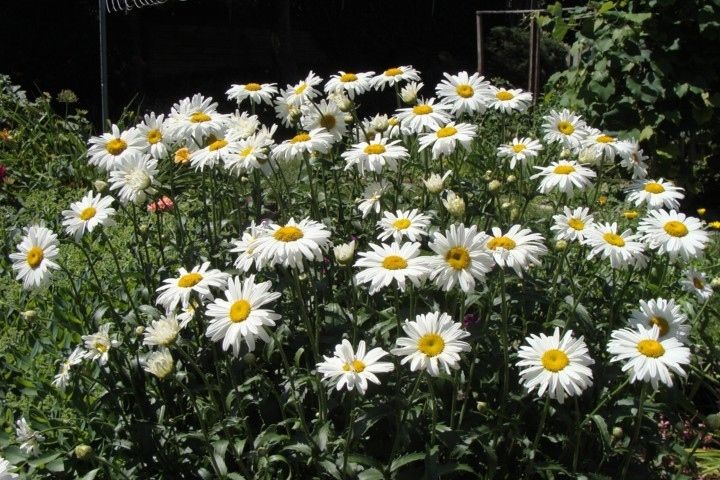
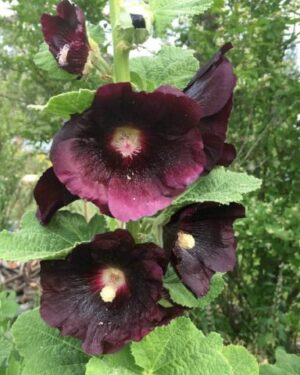


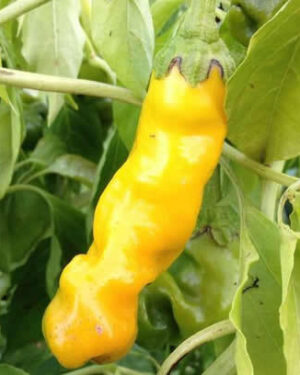
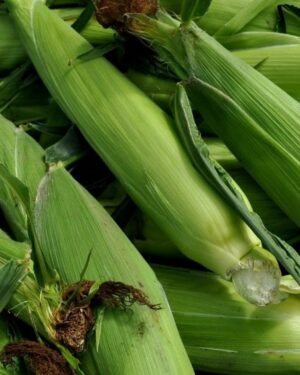
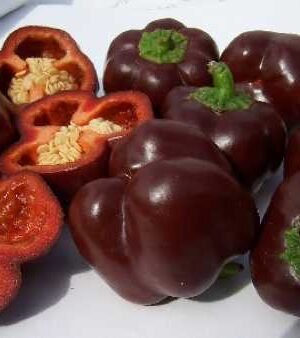
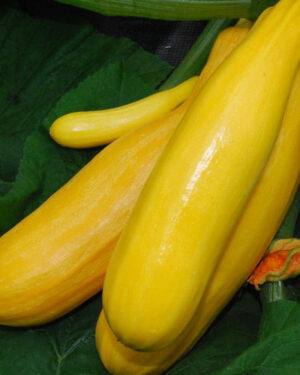
Reviews
There are no reviews yet.